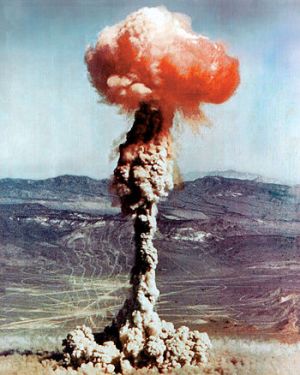M. TAYLOR FRAVEL
 The end of a standoff between India and China over a remote road on the Doklam plateau has prompted a vibrant discussion about the lessons learned. The emerging consensus is that India “won” and China “lost.” India’s willingness to challenge China is even viewed as providing a model that other states can use to counter Chinese coercion. If others stand up, China will back down.
The end of a standoff between India and China over a remote road on the Doklam plateau has prompted a vibrant discussion about the lessons learned. The emerging consensus is that India “won” and China “lost.” India’s willingness to challenge China is even viewed as providing a model that other states can use to counter Chinese coercion. If others stand up, China will back down.
Nevertheless, this consensus is misplaced. And the sports analogy of winning and losing obscures much more than it reveals.
To start, it remains unclear that India “won.” From India’s point of view, the status quo ante of June 2017 was restored, a victory. Yet from China’s perspective, Indian forces withdrew from Chinese territory (also claimed by Bhutan, but not by India). Moreover, on the ground at the site of the confrontation, Indian forces pulled back first. Meanwhile, Chinese forces remain in Doklam, even if Beijing chose not to press ahead with the road extension that sparked the standoff..............

















/arc-anglerfish-arc2-prod-mco.s3.amazonaws.com/public/DZXRWTFVJJAULIY77KMQR2XHUQ.jpg)
/arc-anglerfish-arc2-prod-mco.s3.amazonaws.com/public/3EEUX4LDM5BTHO4IQYBDPE6ZUM.jpg)
/arc-anglerfish-arc2-prod-mco.s3.amazonaws.com/public/QEBUL2XEWFG4JIFM5C22CY5T64.jpg)


